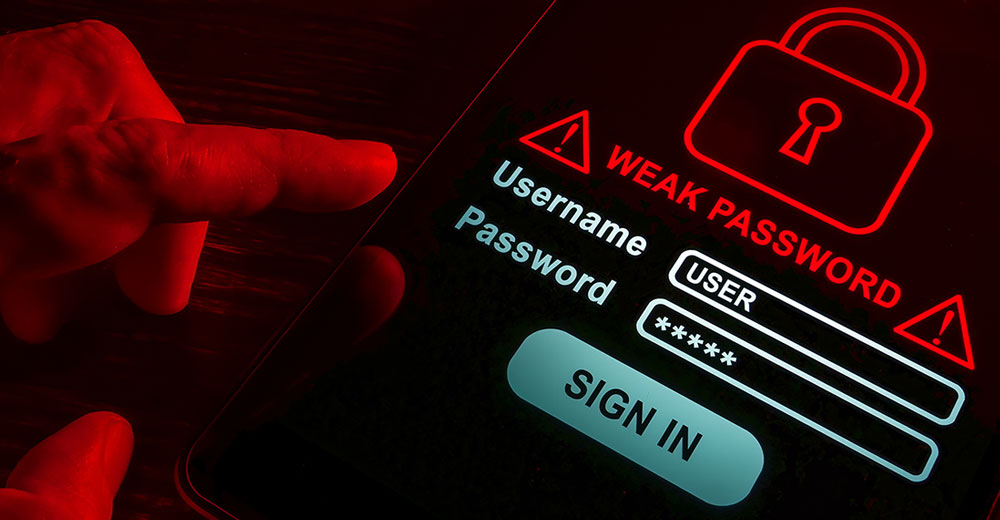
The evolving landscape of cybersecurity has taken another significant turn, as the annual audit of password cracking times conducted by Hive Systems uncovers new realities about the current state of digital security. According to the report, brute force password cracking efforts are meeting more resistance, necessitating longer times for successful breaches. However, this improvement is not without its caveats and complexities.
Brute force cracking, the method by which attackers attempt to gain unauthorized access to accounts by trying all possible password combinations, reveals its effectiveness primarily hinges on the complexity of the password in question. Simple numerical passwords of up to six digits succumb instantaneously under current computational capabilities, while a more complex 18-character mix of numbers, letters, and symbols would ostensibly take an unfathomable 19 quintillion years to decipher.
A notable shift observed in this year’s findings points towards the increased adoption of stronger password hashing algorithms by companies. Hashing, a security measure converting the original password into a different string of characters, has seen a migration from the weaker MD5 encryption to the more secure bcrypt. This change is significant — an 11-character password that could once be cracked instantly under MD5 encryption now takes upwards of 10 hours to crack using bcrypt.
Hive Systems CEO, Alex Nette, emphasizes the progress companies have made in adopting robust security measures to protect user data. Despite this, the relentless pace of technological advancements means that the window of security these measures provide could diminish as computational power continues to grow.
The transition towards stronger encryption techniques like bcrypt comes with inherent trade-offs. Although beneficial for security, these algorithms require more processing power, potentially leading to slower login times and website performance. This balance between security and usability remains a critical challenge for service providers aiming to safeguard user data without compromising user experience.
Critics of current methods, like Sectigo’s Jason Soroko, argue that while upgrades like bcrypt substantially improve resistance to brute force attacks, older algorithms like MD5 remain in broad use due to their efficiency with large databases. Despite the improvements, wide-scale adoption of stronger algorithms is slow, complicated by the need for significant code revisions and compatibility updates.
Furthermore, data protection has become a priority for organizations worldwide, spurred by regulations such as the General Data Protection Regulation (GDPR). Organizations are now more inclined to adopt comprehensive data protection measures in anticipation of future laws. Yet, the focus on cracking passwords might be somewhat misplaced, as cybercriminals often prefer easier routes like phishing or exploiting credentials exposed in data breaches.
The move towards more secure password hashing methods has consequently made alternative hacking approaches more appealing. For instance, the use of artificial intelligence in crafting sophisticated phishing campaigns presents a lower-effort, higher-yield strategy for attackers.
This shifting cybersecurity landscape also highlights a critical insight: the battle against unauthorized access is not just about creating unhackable passwords but also about understanding and mitigating the various ways attackers can circumvent security measures. As the industry moves forward, the dialogue remains focused not just on the strength of passwords but on the holistic security posture that includes awareness of different attack vectors and the implementation of multi-layered security strategies.
In the backdrop of these developments, passwords remain a cornerstone of digital security, albeit one that’s increasingly complemented by other forms of authentication. The journey towards a passwordless or hybrid security model is underway, but its realization on a grand scale faces numerous challenges, reflecting both technological limits and the vast diversity of digital environments. As organizations navigate this landscape, the emphasis on adaptable, user-centric security solutions continues to grow.
Source






